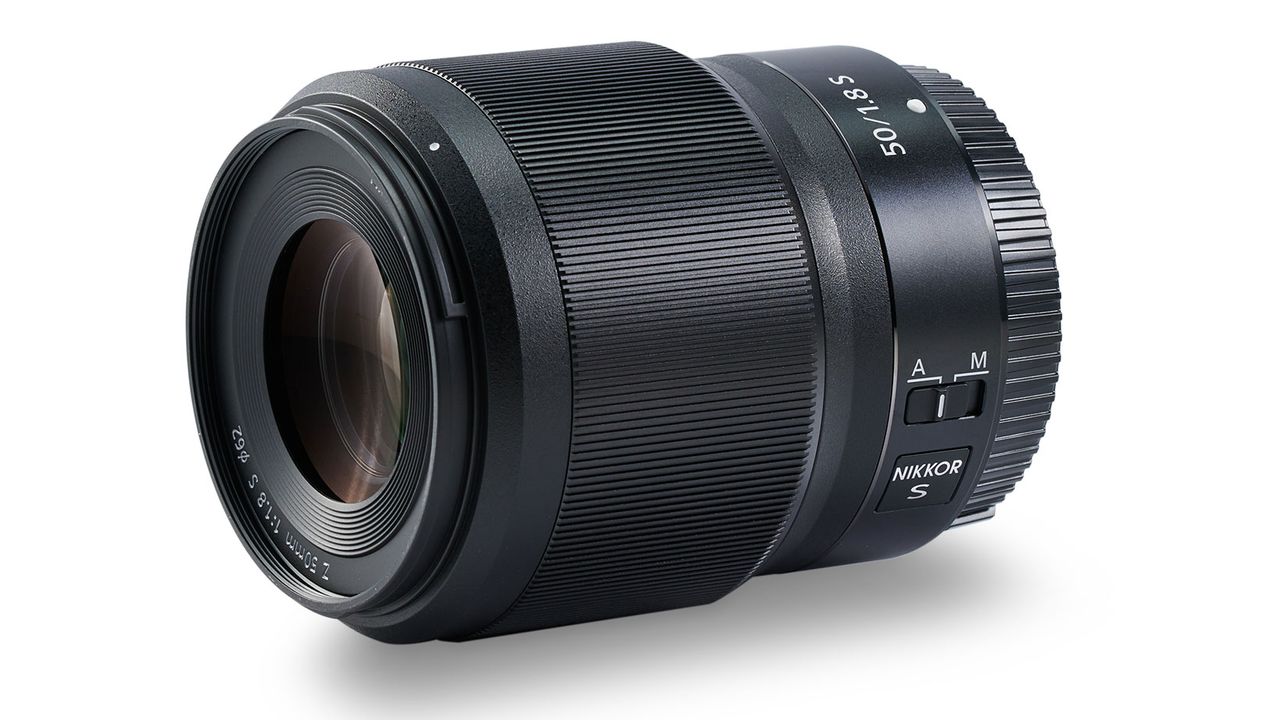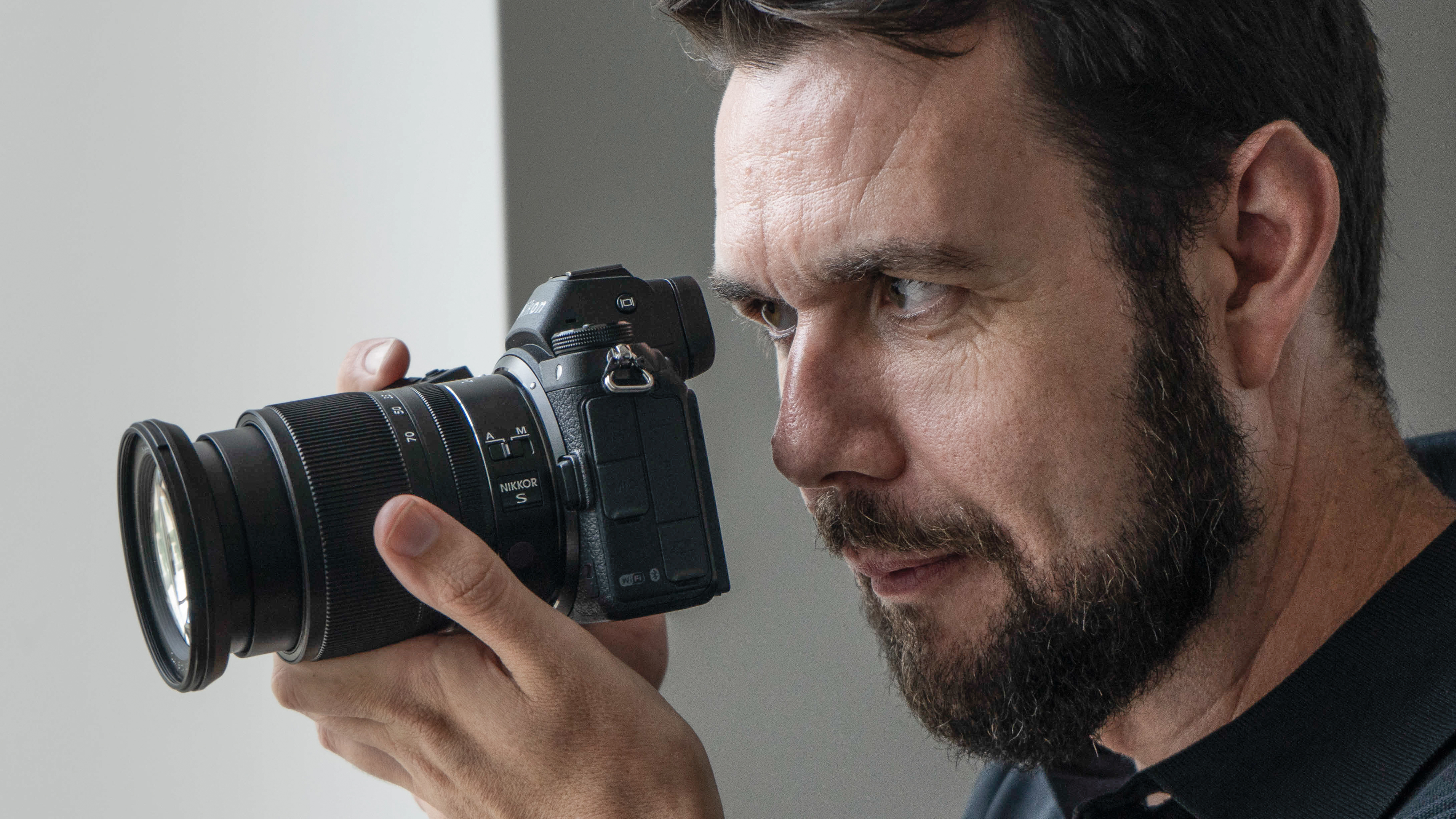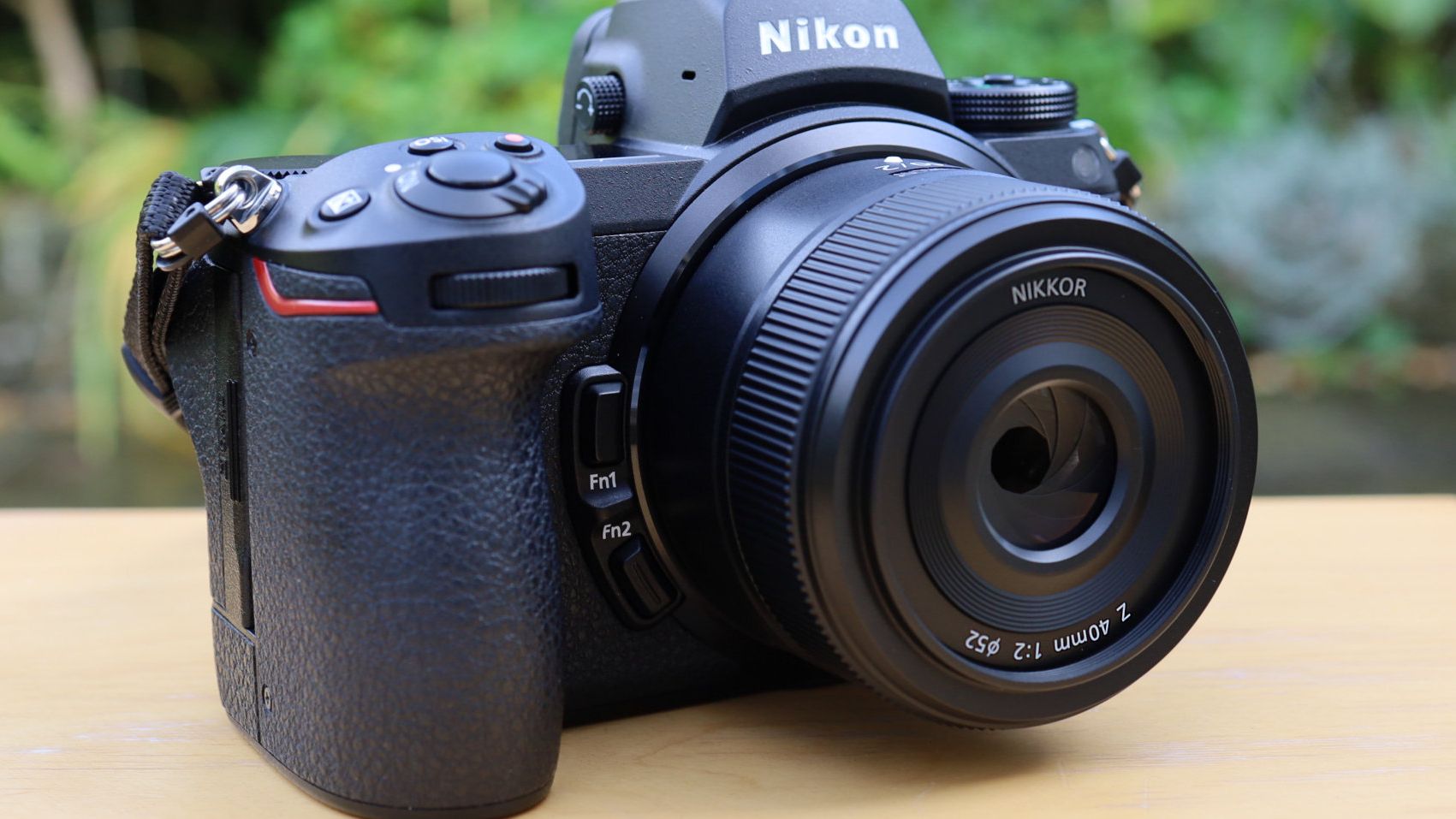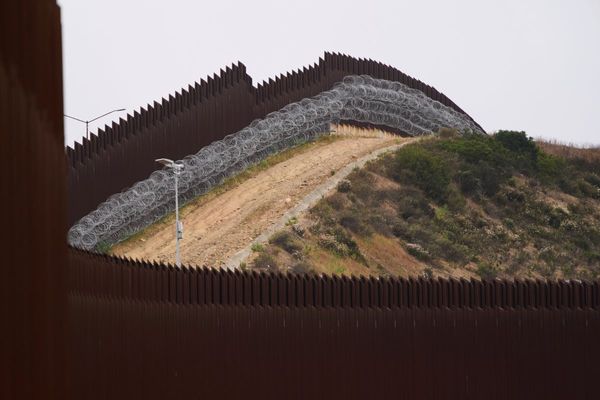
There’s no right or wrong answer to the age-old prime vs zoom debate but, when it comes to starting off as a photographer, I sit firmly within the prime camp: a single prime.
When it comes to do-it-all primes for full-frame Nikon Z-Series photographers, the Nikon Z 50mm f/1.8 S is undoubtedly one of the best Nikon Z lenses. This ‘nifty fifty’ provides an ideal balance between price, build quality and imaging prowess.
But before I wax lyrical about the Nikon Z 50mm f/1.8 S, there are three main reasons why I suggest starting off with a single prime lens. Firstly, access to multiple focal lengths can cause confusion; secondly, prime lenses encourage you to zoom with your feet; and finally, a strong foundation in prime lenses will teach you to visualize focal lengths in your mind’s eye.

Starting with my first point, most photographers will opt to use a standard zoom kit lens, like the Nikon Z 24-70mm f/4 S (an excellent lens in its own right). On paper, this is a more versatile choice than a prime lens but, when you’re starting out as a photographer, you’re bombarded with a huge amount of information; access to a wide range of focal lengths can only complicate matters further.
I like to think of the components of photography as creative variables, whereby you have composition, lighting, exposure settings, subject and focal length. Shoot with a prime lens and that’s one less variable to worry about.
This brings me to my second point: getting into the habit of what photographers call zooming with your feet. Since you can’t zoom with a prime lens, you alter the distance from your subject by literally walking backwards and forwards.
This enables you to discover new compositions and angles that – as a beginner – you might have otherwise missed. The temptation with a zoom lens is to simply zoom in and out from a static position, without considering other angles, which can result in a less interesting image.
And finally, working with a prime lens gets you used to a particular focal length. If you then, over time, introduce other primes into your workflow, you’ll begin to build up a focal length repertoire in your mind’s eye of the most commonly used focal lengths.
For example, if you shoot with 20mm, 35mm, 50mm and 85mm primes often enough, you’ll begin to visualize those focal lengths without looking through the viewfinder. This enables you to plan shots ahead of time, while also empowering you to select the desired lens in any given situation, thus cutting down time spent selecting an optic and making it less likely that you’ll miss the moment.
So why the Nikon Z 50mm f/1.8 S?
Ultimately, there are full-frame Nikon primes to suit any budget. I often shoot with a ‘nearly nifty fifty’, the Nikon Z 40mm f/2, which retails for $300 / £259 and can be found cheaper. Then there’s the Nikon Z 50mm f/1.4, which retails for $500 / £499.
But my pick of the bunch is still the Nikon Z 50mm f/1.8 S, which retails for $670 / £579. But the latter has been out for so long, it’s not hard to find on the used market for a fraction of the price.

You might automatically think that the f/1.4 is the way to go, because it’s faster, but I can tell you that the Nikon Z 50mm f/1.8 S is the notably sharper lens, with better all-around image quality in my book.
And since it’s a premium S-Line lens, it boasts a better build and weather sealing. That includes 12 elements, two of which are Extra-low Dispersion [ED], with two aspherical lenses to boot. The f/1.4 lens only has one aspherical element and no ED glass.
But I’m splitting hairs here. For beginners, the quality of the lens is second to hitting the right focal length in the first place, and getting out there and taking photos. I spent my photography youth wielding the Nikon AF-S 50mm f/1.8G, and you can bet both the Nikon Z 40mm f/2 and Nikon Z 50mm f/1.4 have it beat.
But shooting with a single prime lens isn’t just a great exercise for beginners; it’s also a fantastic project for seasoned photographers who want to challenge themselves, impose limitations and go back to basics. So why not try it out this month?
You might also like...
Wondering what prime lens to choose? 28mm, 35mm, or 50mm? The focal length debate every street photographer faces. Perhaps you're looking for prime lenses every portrait photographer needs to consider. And perhaps you're still not sold on primes and are looking for the best standard zoom lenses.







